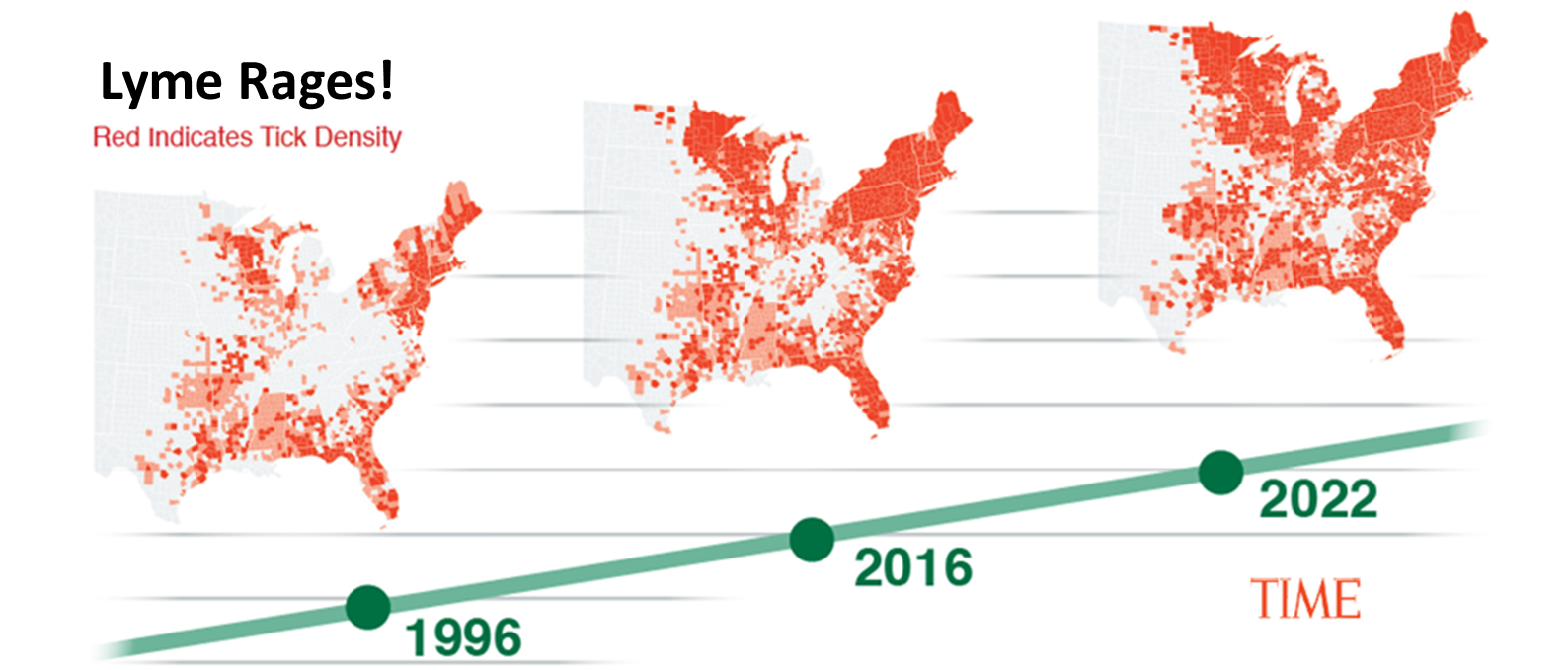7 STEPS & TIMELINE: Institutional Capital Success!

Institutional Capital steps and timeline are complex since they are based upon the fact that the institutional Capital Provider will usually make investment decisions based upon multiple factors. The goal of the process is for the Capital Seeker to provide the right information in a manner that gives the Capital Provider enough trust to make a positive investment decision in a timely fashion. Some of the main factors that affect steps and timelines are:
Portfolio Goals: Institutional Capital Providers (those Capital Providers who act as fiduciaries) almost always invest based upon portfolio theory, goals, and capital allocations.
To the extent that the Capital Provider is in an “active search” meaning capital has been earmarked for the presented opportunity type/sector, the process will be expedited and be on the short of the anticipated timeline range and negotiated terms will be reasonably lenient. If the capital opportunity is a type/sector that is new or unusual or is not one where the Capital Provider has an active search, the process may be very elongated and outside the typical timeline range as (extensive) education maybe required to convince the Capital Provider that the opportunity is worth its time to “get up to speed” and learn enough about the opportunity to make an investment.
Market Conditions: Institutional Capital Provider portfolio goals are often set based upon market conditions. Market conditions may include sectors, return expectations, terms, as well as geographic preferences. If the Capital Seeker’s opportunity is reflective of current market conditions, the timeline will be shorter than average and terms more lenient. If the opportunity is outside of current market conditions, the timeline could be significantly longer than average.
Requested Discretion: The timeline is often dependent upon the amount of discretion that the Capital Seeker is requesting from the Capital Provider. Discretion may include discretion over capital disbursements or management decisions in an equity or debt direct transaction or may be discretion given to a fund manager where the ability to trade out of the fund investment may be short (daily) or long (10 years or more). The less discretion that is given by the Capital Provider to the Capital Seeker, the quicker investment decisions can be made by the Capital Provider because when there is less discretion, less trust is required by the Capital Provider. The more discretion that is being requested by the Capital Seeker from the Capital Provider, the longer the time for an investment decision since more trust is required prior to a final investment decision.
Trust: Capital Provider trust in the Capital Seeker’s ability to execute the outcomes of the investment opportunity is the basis for a Capital Provider’s investment decision making. Once the introductory stage of the investment process has passed, the length of the due diligence process is usually the amount of time that is required to build the required investment trust. Capital Seeker readiness to answer questions helps the Capital Provider assess the Capital Seeker’s trustworthiness.
Transaction terms are the framework within which the Capital Provider establishes checks and balances in order to mitigate any questions (of trust) that might affect investment outcomes.
———————————————————————–
APPENDIX A
Institutional Capital
Timeline & Steps
| Direct Investments Low Discretion | Fund Investments High Discretion | |
| 1. Institutional Quality Preparation: Understand potential capital provider portfolio goals, market conditions, and market standards. Develop institutional quality positioning, messaging and materials. Prepare due diligence support and understand institutional transaction terms for effective negotiation. | Prep Prior to Formal Capital Raise Launch | Prep Prior to Formal Capital Raise Launch |
| 2. Initial Introduction (Top of Capital Raising Funnel): Response to Executive Summary or Intro Materials. Best terms come when most Capital Providers are engaged and active engagement may come from contact after the initial contact. | 1 to 2 Days when there is an Active Search. | 1 to 2 Days when there is an Active Search. |
| 3. Positioning/Education: Presentations, initial Meetings, and other initial information to create enough interest for the Capital Provider to enter active due diligence | 1 to 2 months | 2 to 6 months |
| 4. Due Diligence: Review of data room items that include Presentations, DDQ, Offering Documents, Financials, Models, Track Record, Team, Governance, Legal Documents, Research, News and other Informational Materials. This period can be very long when obtaining investments into structures where capital deployment is discretionary. | 2 to 6 months | 6 to 14+ months |
| 5. Term Sheet: Initial negotiation of transaction terms including Letter of Intent for an M&A transaction. Since terms for Funds are reasonably generic, this step is usually not required for Funds. | 1 to 2 months | N/A |
| 6. Final Documentation: Final documentation is the final closing documents. If the term sheet has covered all the main terms or if the fund structure is reasonably standard, this process should be smooth. | 1 to 3 months | 1 to 2 months |
| 7. Closing: All internal Capital Provider approvals obtained, and funds wired. | 1 to 2 months | 1 to 2 months |
| Total | 6 to 15 months | 10 to 24 months |



